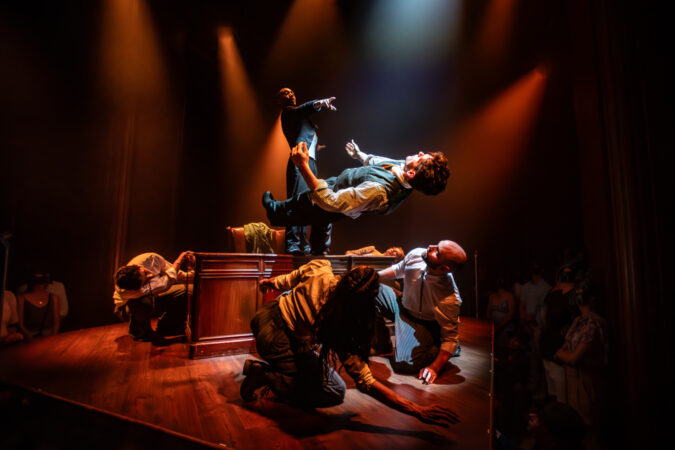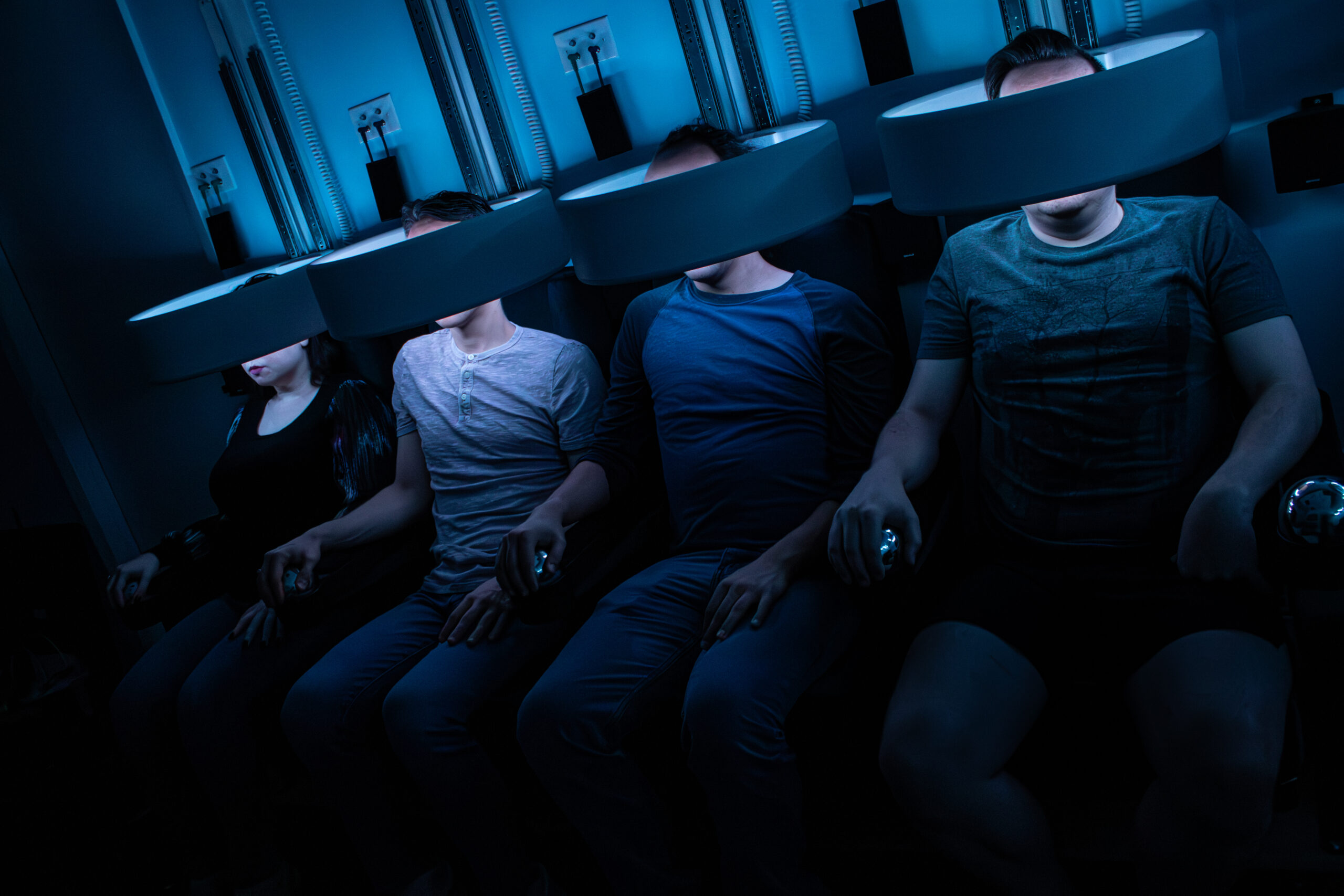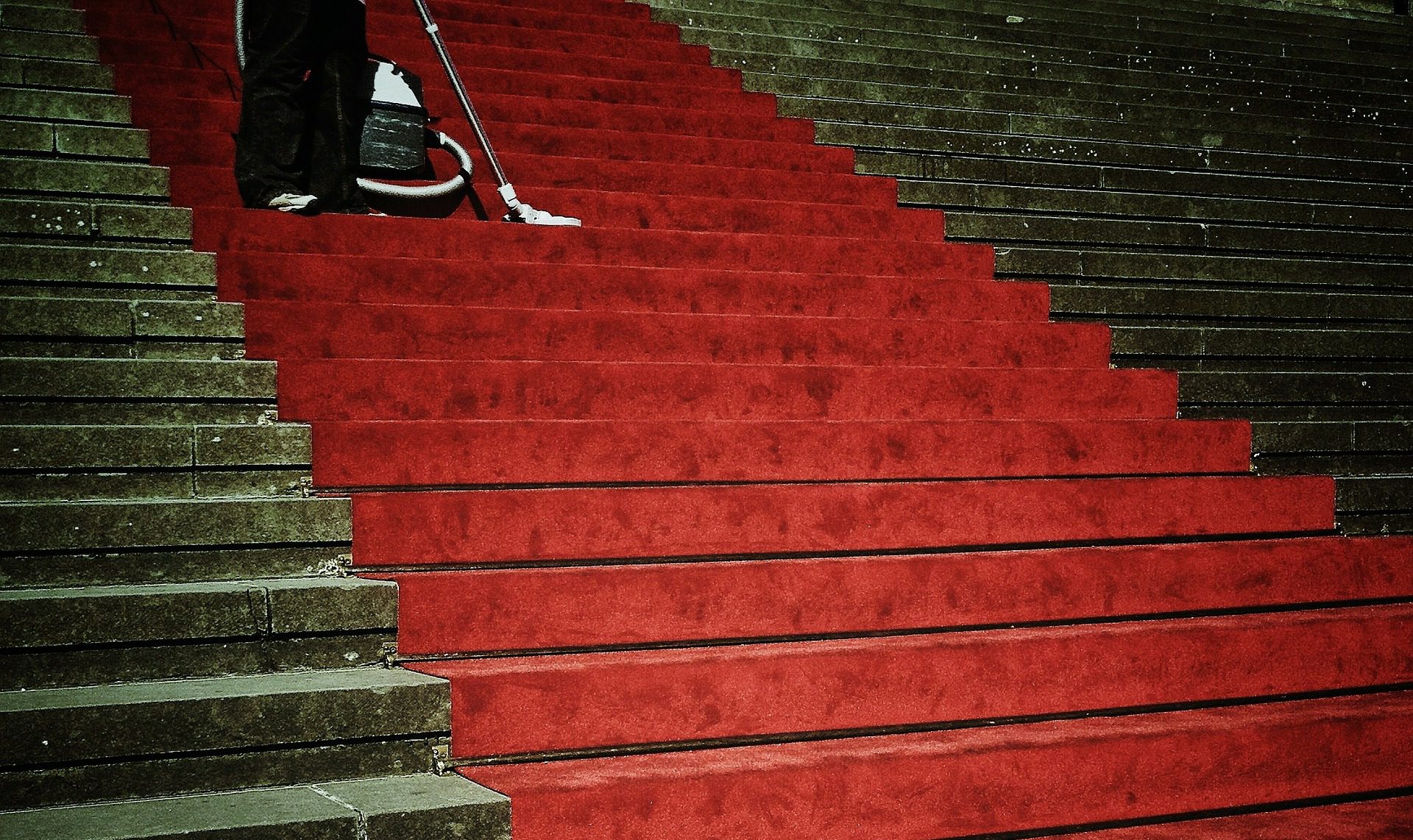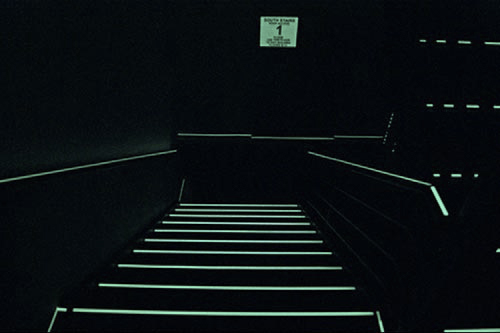After touring a couple of vacated suites, we asked about the one we didn’t tour. “Suite 249? Oh…we don’t show people THAT space….”
“SHOW US.”

After touring a couple of vacated suites, we asked about the one we didn’t tour. “Suite 249? Oh…we don’t show people THAT space….”
“SHOW US.”

Emursive shocked both ticket holders and its very own staff by announcing the abrupt closure of the immersive production “Life and Trust.” Via email. For the immersive arts to thrive, we need better managers.

The player journey is an outline of your experience. It walks through the show beat by beat strictly through the guest’s eyes.

The Magic Circle’s magic is less about money spent on mechatronics and more about dedication in design.

There are many ways to define a successful business beyond maximizing profits.

Following the winter power crisis that swept through Texas and forced my family to flee my powerless, waterless home for

Strange Bird Immersive has been lucky in our press. We recently had the immense pleasure of hosting Room Escape Artist,

Two weeks ago, the Everything Immersive community was up in arms over a very serious safety infraction that resulted in